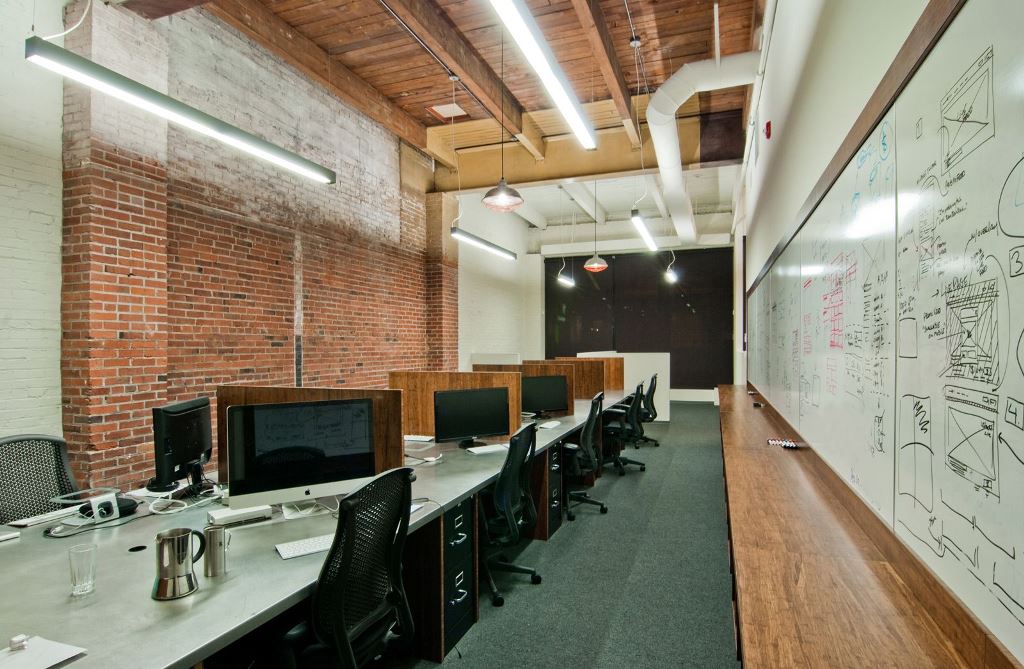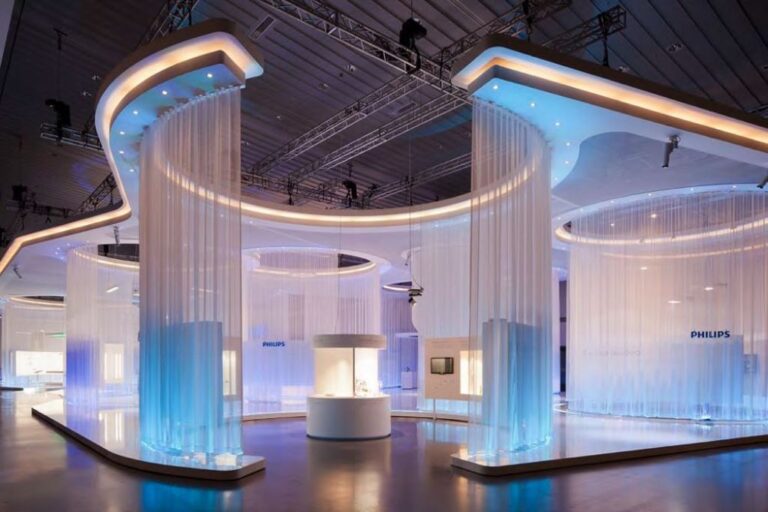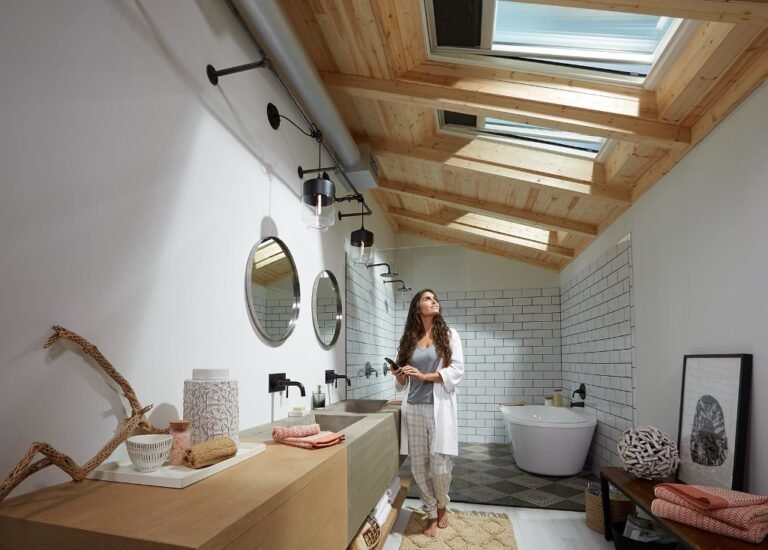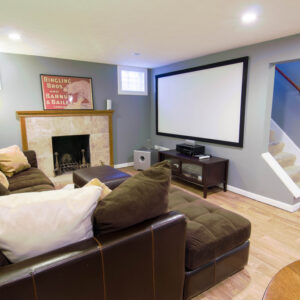It is beneficial to know about the different types of commercial lighting. You can check out our simple guide here to learn more.
Poor lighting is one of the major causes of injuries in the workplace. Recently, a worker in Long Island, New York received a $440,000 settlement. He suffered a fall at a construction site due to poor lighting conditions.
Without adequate lighting, the risk of serious and sometimes fatal accidents is higher. Not only that but it can also affect the quality of work and the overall productivity of the employees.
Lighting plays a vital role in creating a safe and comfortable workplace in commercial and industrial buildings. There isn’t just one type of commercial lighting though. You can’t just choose the brightest type available because glare is also a health hazard.
To find out more about the different commercial lighting types, please continue to read the rest of the article.
1. Fluorescent Commercial Lighting
Fluorescent lights are one of the most popular for commercial establishments. They’re long-lasting (12,000 to 24,000 hours) and very energy-efficient. They are the number one choice for retail stores where you typically leave the lights on 24/7 for security purposes.
You’re probably familiar with the tubular type which comes in different sizes such as T5, T8, or T12. T stands for “tubular”, while the number refers to the diameter. T12 has been around the longest and is often seen in low-bay areas such as offices or restrooms.

T8 and T5 have superseded the T12 because they have more advanced electronic circuits. They use less energy than T12s while outputting the same or greater amount of light. T5 fluorescent is best for high ceilings while T8 can be used for both low-bay and high-bay applications.
Fluorescent lights also come as compact fluorescent which you might recognize as the spiral light bulb.
2. High-Intensity Discharge (HID)
HID lighting comes in three variations: mercury, metal halide, and high-pressure sodium. The presence of these gases increases the intensity of the light created. Although they take a few minutes to reach full brightness, they’re very adept at lighting large areas.
Like fluorescent lights, they have good efficiency and durability. They’re commonly used for high-bay areas and outdoor lighting. You’ll find that hiring an outdoor lighting contractor to install these lights for landscape lighting is well worth it.
3. Light-Emitting Diode (LED) Commercial Lights
LED lighting is increasing in popularity for commercial applications and with good reason. They’re often the most efficient option and can outlast other types of commercial lights. You can save a lot of money from energy savings and decreased operating costs.
Another advantage is that unlike fluorescent or HID, LEDs don’t contain toxic chemicals. What’s more, you can get all these features without sacrificing the quality of light.

LED is very versatile and can replace existing fixtures if you’re looking to upgrade. You also have the option to retrofit your current fixtures.
Despite the advantages, LED fixtures are still expensive. They’re still a good investment and many LED systems can pay for themselves in a period of two years.
Keep the Lights On
Choosing the right type of commercial lighting is vital for the sustained operation of your business. The benefits include reducing your energy costs and keeping your employees safe and productive.
For more design tips, feel free to browse through our website.




